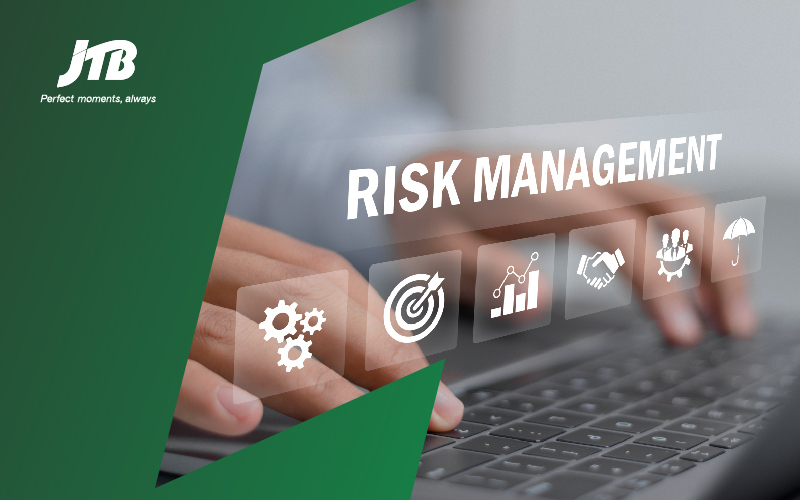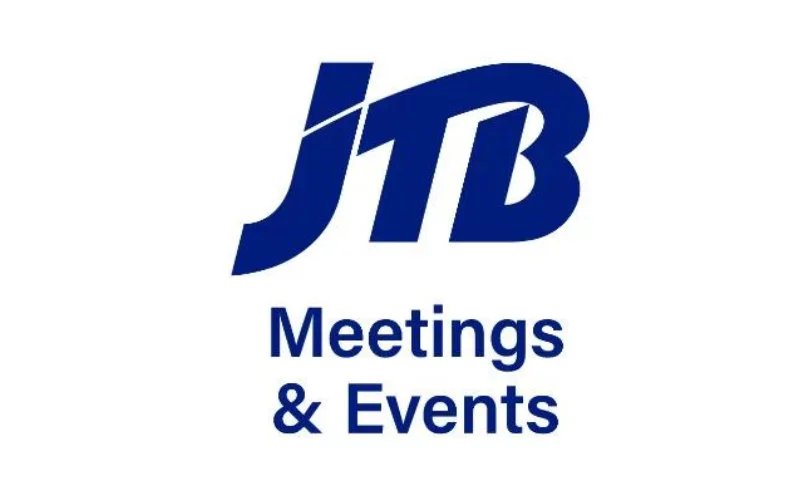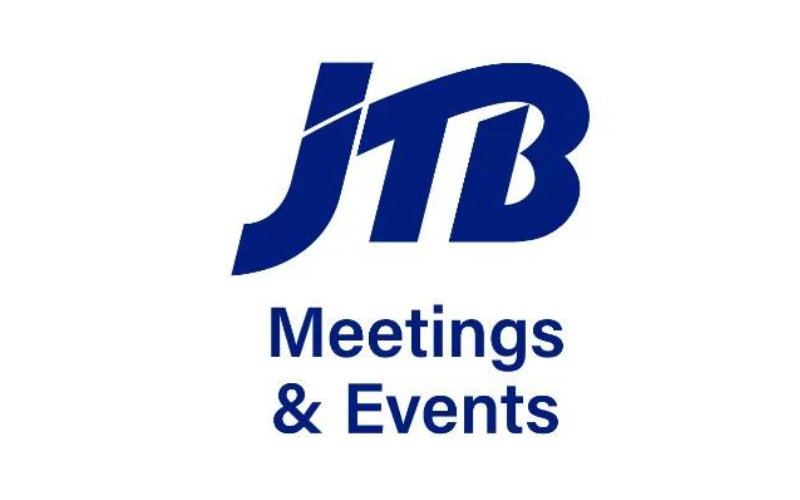Risk management in event management plays a crucial role in ensuring the success of any event. It involves identifying, assessing, and mitigating potential risks to minimise their impact on the event’s objectives. Event compliance, risk assessment, and risk management are integral components of this process.
Event compliance refers to adhering to legal and regulatory requirements related to event planning and execution. It encompasses obtaining necessary permits, licences, and permissions, as well as ensuring compliance with health and safety regulations. Failure to comply with these requirements can result in legal issues, financial penalties, and damage to reputation.
Event risk assessment involves identifying potential risks that may arise during the event and evaluating their likelihood and impact. This helps event organisers prioritise risks and allocate resources effectively to mitigate them. By conducting thorough risk assessments, organisers can proactively identify and address potential issues before they escalate into major problems.
Effective risk management is essential for ensuring the success of events. It helps minimise disruptions, ensure the safety of attendees and staff, and protect the reputation of the organisation hosting the event. JTB India recognizes the importance of risk management in event planning. With its expertise and experience, JTB India offers comprehensive risk management solutions to help organisations plan and execute successful events.
From identifying potential risks to developing contingency plans, JTB India assists clients in managing risks effectively to ensure the success and safety of their events. But before that what is compliance, event risk management? Let’s find it out here.
What is Compliance and Event Risk Management?
Compliance and event risk management refer to the processes and strategies employed to ensure that events adhere to relevant laws, regulations, and industry standards, while also mitigating potential risks.
Compliance involves understanding and following legal requirements, industry regulations, and internal policies to ensure that the event is conducted lawfully and ethically. This includes considerations such as health and safety regulations, data protection laws, environmental regulations, and licensing requirements.
Event risk management, on the other hand, focuses on identifying, assessing, and addressing potential risks that could impact the success or safety of the event. This includes identifying hazards, evaluating their likelihood and potential impact, and implementing measures to minimise or eliminate risks.
Compliance and event risk management are essential components of event planning, ensuring that events are conducted responsibly, safely, and by legal and regulatory requirements. Now you must be thinking about its differences. Here you go.
Difference Between Risk Management and Compliance
The approaches and objectives of compliance and risk management are not in close competition but distinct. Risk management involves the process of recognising, assessing, and creating a plan of action for every possible risk that an organisation experiences.
This critical function not only enhances a company’s ability to withstand fluctuations in the business environment but also addresses the challenges that could obstruct achieving its fundamental goals.
However, in the context of risk mitigation and reputation renovation, event compliance management is concerned with ensuring compliance with relevant legislation, regulations, codes of conduct, internal policies, and optimal methodologies.
Process of Event Compliance and Risk Management in Corporate Event Planning
Do you intend to organise an event but are uncertain how to begin concerning event risk management? The following steps signify risk management in an event management plan that includes the fundamental components of the risk management process:
- Establishing a team for risk management
- Present event plan and scope
- Identification of risk
- Prioritisation of risk
- Planning for event risk mitigation
- Crisis communication planning
- Post-event evaluation
Let’s dive into the details of each step.
Step 1: Establishing a Team for Risk Management
The cross-functional team includes logistics, security, communications, and finance. These departments should work together to organise the corporate event. The legislative bodies of these departments will help develop a more comprehensive strategy that covers all risks using their expertise.
Step 2: Present Event Plan and Scope
The event management team provides a comprehensive report on the event’s aims, scope, and features. When event organisers give specifics on the event, the committee receives more informed feedback regarding potential hazards and mitigation strategies.
Step 3: Identification of Risk
For risk management in event management, the risks to the event’s finances, health and safety, logistical operations, and security are some potential hazards that team members may choose to report.
Step 4: Prioritisation of Risk
During this phase, the severity of the risks is evaluated, and resources are prioritised to proactively mitigate the most critical ones.
Step 5: Planning for Event Risk Mitigation
Preventive measures, contingency planning, and emergency response protocols must be integrated into action plans through a collaborative effort.
Step 6: Crisis Communication Planning
Build a communication strategy to notify the public, stakeholders, and participants in an emergency. This strategy includes a range of templates and messages that discuss every potential hazard the team has identified.
Step 7: Post-event Evaluation
After the occurrence, a comprehensive evaluation of the efficacy of risk management tactics will be performed. Organisers can identify successes, areas for development, and lessons learned during this phase to enhance future event planning.
By following the outlined steps, event organisers can proactively identify and mitigate potential risks, ensuring the safety and success of corporate events.
Ensuring Safety Risks in Event Management
To ensure the safety of attendees and members while planning and organising an event, it is vital to be aware of various potential dangers. For risk management in event management, consider the following event risk measures:
1. Crowd Management
Effective crowd control is critical to managing large-scale gatherings, including concerts, festivals, and sporting events. Inadequate description of these hazards may result in stampedes and overcrowding.
When developing risk management strategies for events, the following are the most critical considerations:
- Define specific areas for activities and plan entry and exit points strategically to prevent congestion.
- It is imperative to comply with legal capacity limits to prevent hazardous circumstances.
- To ensure transparency, maintain a communication system that disseminates critical information through digital platforms, signage, and announcements.
- Simplify security protocols by employing trained personnel, doing luggage inspections, and using metal detectors.
- Technological advancements such as crowd monitoring software and CCTV cameras should be employed to improve the visibility of crowd movements.
- Educate your personnel in emergency response, population management, and conflict resolution.
- Maintain an orderly queue structure and ensure accessibility.
- Undertake a comprehensive analysis and collect feedback during the post-event debriefing to facilitate ongoing enhancements.
2. Medical Emergencies
Addressing potential health emergencies protects visitors’ health and safety. In risk management during events, it is critical to implement comprehensive medical strategies to promptly and effectively address injuries and abrupt illnesses.
Organisers should provide on-site medical facilities, including emergency treatment areas and first aid stations, to manage medical situations effectively. Personnel in these places must know crucial life support, first aid, and emergency response protocols.
Medical services that are accessible should also be communicated to the attendees. The venue should be devoid of any potential hazards, ensuring no loose wiring remains. Post suitable signage to indicate the presence of slippery surfaces.
3. Traffic Issues
Congestion is a potential consequence of heavy traffic volumes, which may lead to complications and delays for emergency services and participants. The following are strategies for mitigating transportation concerns at the venue in the context of event risk management:
- To mitigate traffic congestion, establish designated routes in conjunction with local authorities.
- Communicate transparent transportation options and coordinate with providers.
- Secure parking should be accounted for in the planning stages.
- Remain informed and provide attendees with alternative options.
- Incorporate designated pathways and crossings to enhance the safety of pedestrians.
- Arrange secure and discrete conveyance for VIPs and performers.
- It is imperative to maintain unobstructed pathways for emergency vehicles.
- It is recommended that real-time traffic monitoring and coordination systems be employed to enhance response efficiency.
4. Fire Hazards
Electrical problems, equipment breakdowns, and human error are all potential causes of fires at events. Risk management for such events must incorporate measures to mitigate these safety concerns. Comprehensive event risk assessments for fire hazards are imperative, ensuring that electrical safety standards are rigorously adhered to.
As a component of your event risk management strategy, you must ensure the following items are present at the venue:
- Sprinkler systems
- Fire blankets
- Encompassing extinguishers
- Fire suppression systems
It is prudent to discuss event details and collaborate with local fire authorities to ensure coordinated, real-time communication in an emergency.
5. Unpredictable Weather
Although complete control over the weather is impossible, proactive planning and adequate preparation can substantially reduce the adverse impact on an event’s safety and success. You must verify the weather forecast as part of your event risk management strategy to make preparations or reschedule the dates if a threat materialises.
However, the weather can occasionally be unreliable, which can significantly impact outdoor activities. If your event is scheduled in extremely low temperatures, prepare appropriate heating provisions for the venue. Provide air conditioning, hydration stations, and shaded areas during the summer.
You should monitor forecasts, execute contingency plans, and provide the team with real-time updates regarding cyclones and severe weather. Moreover, event risk assessments must be performed on the event location, mainly if it consists of a canopy or tent.
6. Food Safety
To avoid potential health hazards at your event, handle, prepare, and distribute food with care. The subsequent points should be duly considered when undertaking event risk management about food:
- It is recommended that thorough background investigations be performed on food vendors and that facilities be regularly inspected to ensure safety and health standards and event compliance.
- To prevent contaminated illnesses, ensure that rigorous food preparation and handling procedures are followed.
- Implement allergen management protocols by ensuring that food items are appropriately labelled and educating staff on how to mitigate potential risks for attendees with allergies.
- Store and monitor substances at a controlled temperature to inhibit the growth of pathogenic microorganisms.
- Efficient waste management practices, such as secure disposal methods and recycling alternatives, should be implemented to ensure sustainability.
- Establishing exhaustive emergency response protocols and communication channels with medical personnel is imperative in case of an emergency.
7. Technological Fault
Technological advances are essential to modern event management; if they break, problems can occur. In addition to causing disruption, a technological failure jeopardises the success of your occasion. Assembling risk management into event management necessitates the following strategies to mitigate potential technological failures:
-
Ticketing Systems Disruptions
Event security and attendees’ experience may be adversely affected when online ticketing system malfunctions cause anarchy at entry points. It is imperative to establish redundant ticketing systems, perform comprehensive testing before events, and establish manual backup protocols to oversee entry during online system failures.
Advise: To mitigate these risks, it is advisable to utilise a reputable ticketing and registration system supported by specialists 24/7.
-
Communication Challenges
Technology-related disruptions in communication networks may impede the coordination of emergency response efforts and jeopardise the safety of attendees. In critical situations, it is imperative to establish fallback communication channels, which may consist of alternative messaging platforms and two-way radios, to guarantee continuous connectivity.
8. Audio-Visual Glitches
Maturations in audio-visual devices may adversely affect the overall calibre of the occasion. To avoid this, ensure that all audio-visual equipment is thoroughly inspected before the event, that technical support is available on-site, and that fallback equipment is on hand to address malfunctions immediately.
9. Cybersecurity Risks
Sensitive information is susceptible to compromise through data intrusions, which must be avoided at all costs. According to McKinsey, most risk executives (58% and rising) have ranked cybersecurity among the top five risks for the next three years. Employing secure event management platforms that comply with global security norms and employ rigorous cybersecurity measures is essential.
Now that you know how to ensure risk management in events. Here are the tips for you to incorporate into your corporate events and meetings.
7 Best Practices for Risk Management
Event planning requires a solid strategy for managing risk for meetings and events. Event administrators may adhere to established best practices to identify, evaluate and alleviate potential hazards.
1. Evaluate Comprehensive Event Risks
Health, safety, logistics, security and external factors such as climate situations are all aspects of the event that should be evaluated for potential dangers. Risks can be prioritised using event risk assessment by probability and possible consequences.
2. Cross-Functional Collaboration
Effective communication channels should be established among pertinent teams, including security, medical and logistics personnel. Efforts to mitigate potential risks from diverse perspectives should be coordinated seamlessly.
3. Contingency Planning
Develop practical contingency plans in advance to effectively manage feasible disruptions. By specifying step-by-step responses, prompt and effective resolution to any situation that may arise is ensured, including emergencies, technical malfunctions or weather-related problems.
4. Routine Training
Ensure that personnel possess comprehensive knowledge regarding emergency protocols, evacuation strategies, and the proper functioning of safety apparatus. Consistently conducting such training strengthens one’s readiness and improves the team’s collective performance in critical circumstances.
5. Ongoing Monitoring and Assessment
Leverage technological advancements to remotely observe and assess environmental conditions, security protocols and event proceedings. Implementing this approach will enable you to consistently evaluate and adapt risk management strategies in response to changing conditions.
6. Assurance Coverage
Collaborate with insurance providers to ascertain that viable liabilities, cancellations, and unanticipated events are adequately covered. You must know the policy’s terms and conditions and convey pertinent information to the appropriate parties.
7. Security Measures for Data
Protecting sensitive data about participants, sponsors and artists. Using encrypted web data, secure payment processing systems and data access and storage rules may help prevent cybersecurity dangers during events and meetings.
With these seven tips, you can boost your corporate event management. And now let’s wrap up our discussion.
Conclusion
Effective risk management in events is the cornerstone of successful event planning. By prioritising compliance, conducting thorough risk assessments, and implementing proactive measures, organisers can ensure the safety and success of their events.
Through cross-functional collaboration, comprehensive contingency planning, and ongoing monitoring, potential risks can be identified and mitigated, allowing for seamless event execution. With JTB India’s expertise in SMM and risk mitigation solutions, event organisers can confidently navigate the complexities of event planning while delivering exceptional experiences to attendees.
As we continue to innovate and adapt to changing circumstances, prioritising risk management will remain essential in ensuring the success and safety of events. By incorporating best practices and leveraging advanced technologies, event organisers can mitigate potential risks and create memorable experiences for attendees.




















